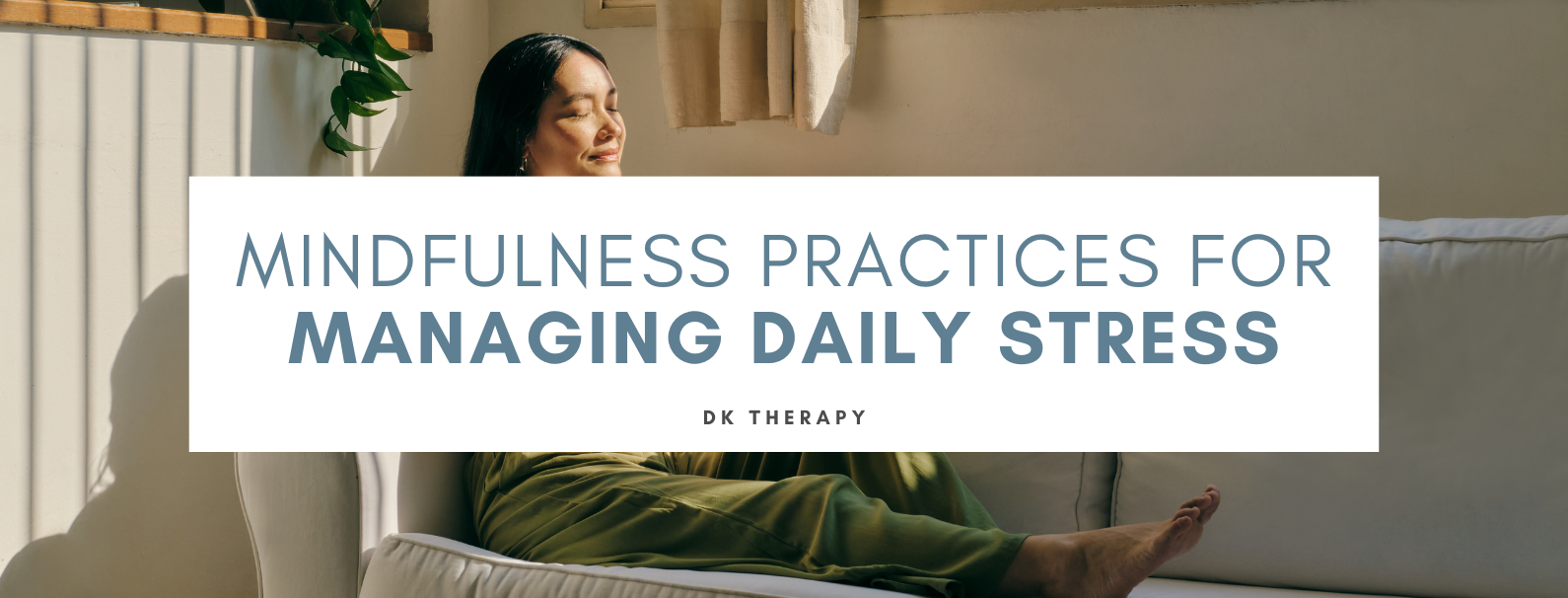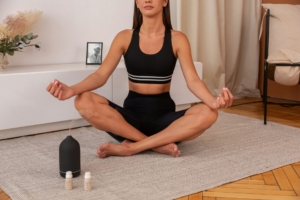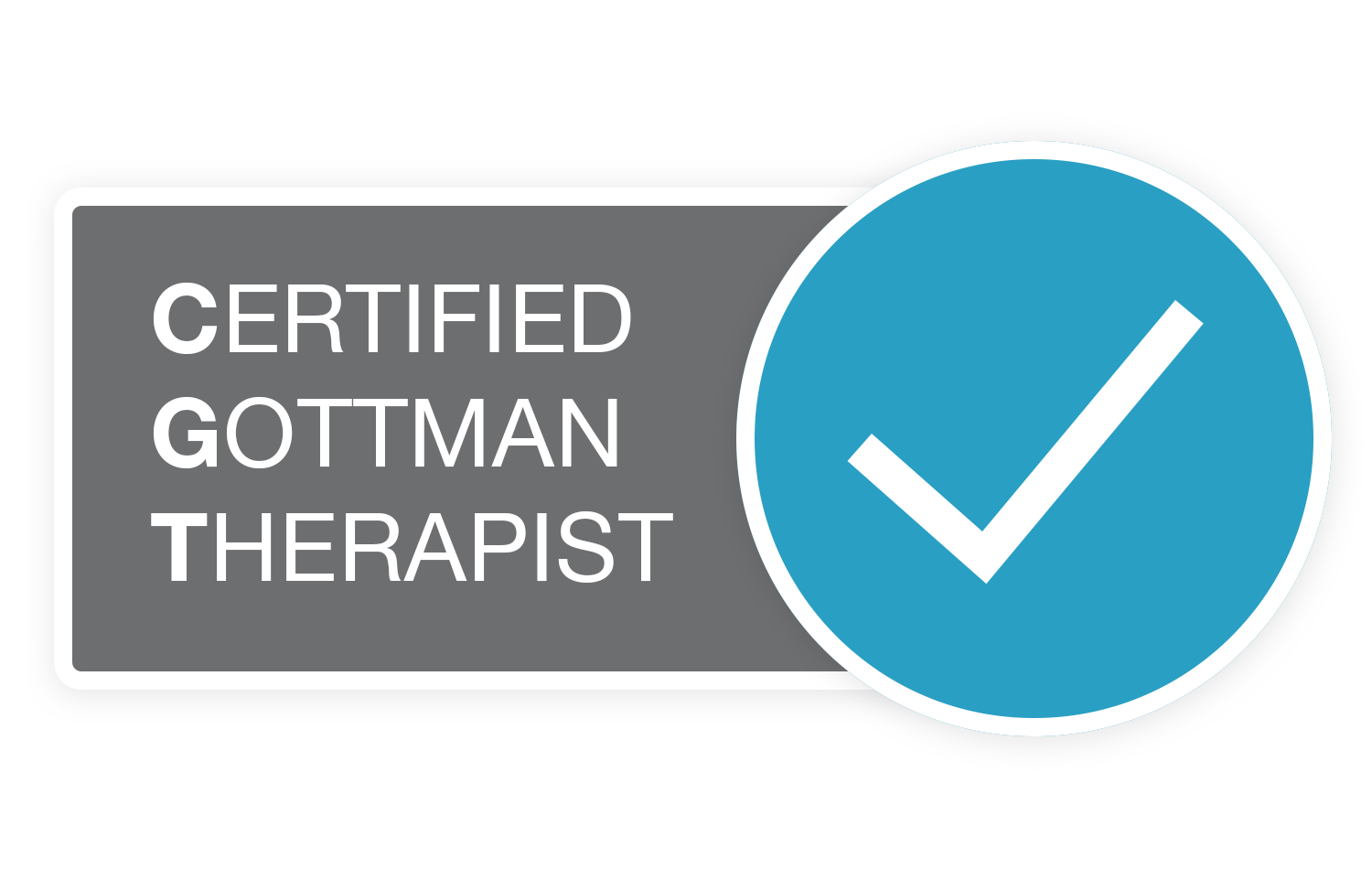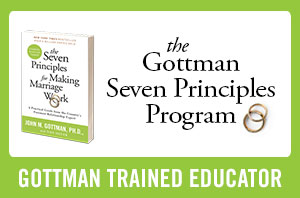
Stress is, unfortunately, a part of daily life for most of us, whether it comes from work, relationships, or personal responsibilities. Managing it is critical for maintaining both your mental and physical well-being.
The right mindfulness practices provide effective tools for handling stress and helping those affected create calmness around them.
Below are several mindfulness practicess, ranging from techniques we all know to less conventional approaches.
 Breathing Exercises
Breathing Exercises
One of the easiest stress management techniques is mindful breathing. When you breathe deeply and with intention, it helps trigger your body’s natural relaxation response. As a result, cortisol levels decrease, which promotes a sense of calm.
The “4-7-8 technique” is a popular way to do this. Simply breathe in for four seconds, hold your breath for seven seconds, and breathe out for eight seconds. You can practice this anywhere, anytime.
Body Scans
Body scan meditation is a technique where you mentally scan your body from head to toe. Be aware of physical sensations and areas of tension. This practice helps release muscle tightness and deepens the connection between mind and body.
Nature Walks
Connecting with nature is an effective way to reduce stress. A mindful nature walk involves paying attention to your surroundings and the sensations you experience. Leave your phone on silent (take it with you for safety) and immerse yourself in the natural world. Even a brief 10-minute walk can have a positive impact on how you’re feeling.
Creative Visualization
Creative visualization is a somewhat lesser-known mindfulness practice that uses the imagination to reduce stress. To try it, close your eyes and picture a calming scene, such as a quiet forest. Engage all your senses to make the visualization as vivid as possible. This exercise helps distract you from stressors and provides you with the short mental vacation you need to approach things with a clear mind.
Mindful Journaling
This method is a popular one, as there’s no real right or wrong way to journal mindfully. Set aside a few minutes or so when you’re feeling stressed to write about what’s causing it and how it affects you. Sometimes, just getting it out helps.
Sound Meditation
Sound meditation is a unique way to practice mindfulness. It uses instruments like singing bowls, chimes, or recorded nature sounds to focus your attention on what you hear. The vibrations and tones aim to calm your mind and reduce your anxiety.
Mindful Technology Use
A lot of our stress comes from constant notifications and too much time spent looking at a screen. To use technology mindfully, set boundaries with your devices. For example, choose specific times to check your emails or browse social media. Maybe try making some areas in your home tech-free (such as the dining room).
Progressive Muscle Relaxation (PMR)
Progressive muscle relaxation is a technique that requires tightening, then releasing each muscle group in the body. Starting at your feet, work your way up to your head, and try to notice the difference between tension and relaxation. This practice not only reduces physical stress but also improves your awareness of how stress manifests in your body.
The key to effective stress management is following healthy habits.
Start with one or two mindfulness practices and commit to techniques that suit your needs. Mindfulness isn’t about getting rid of stress completely, but about changing how you deal with it. By doing these practices, you’ll be better able to handle life’s challenges without the anxiety they bring becoming overwhelming.
If you’re struggling and you’d like to see what therapy can do for you, reach out to DK Therapy and schedule an appointment with our office.




